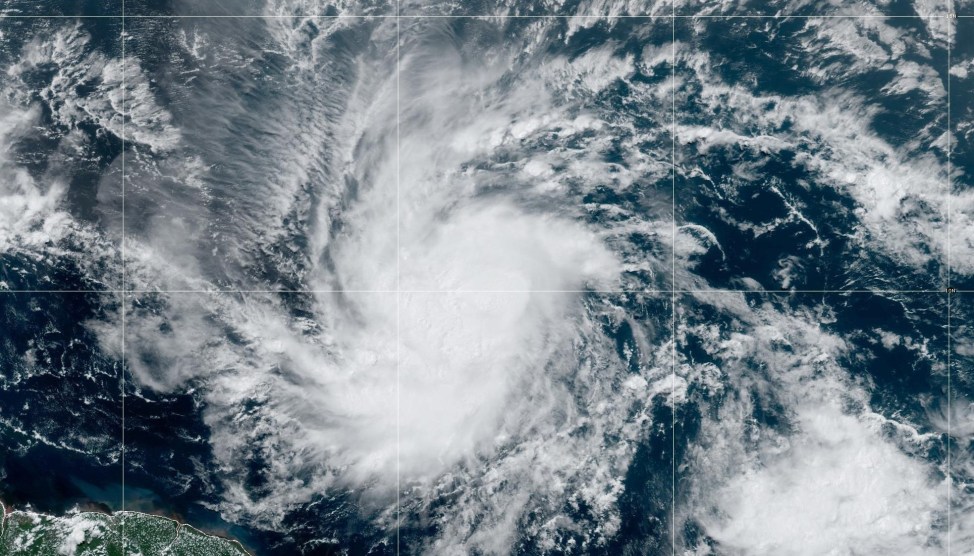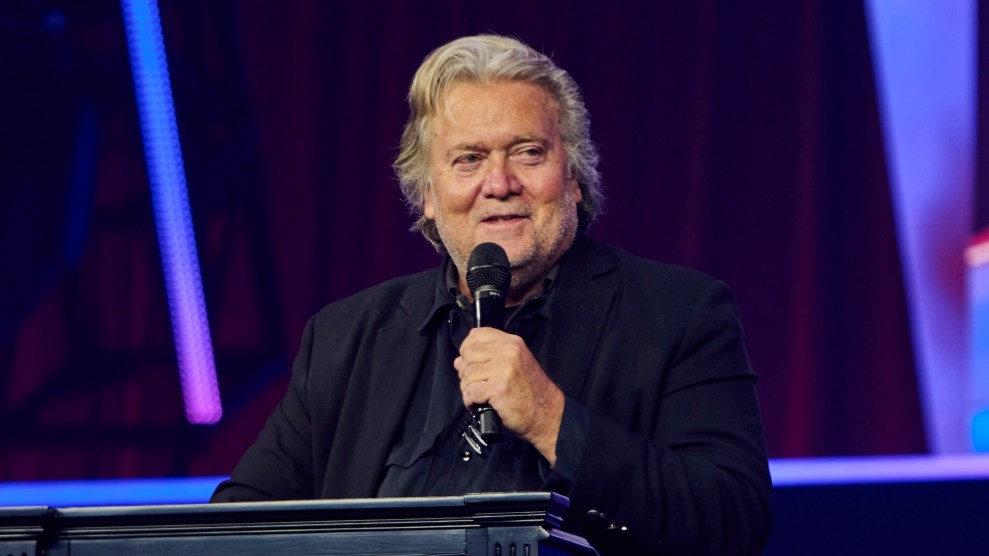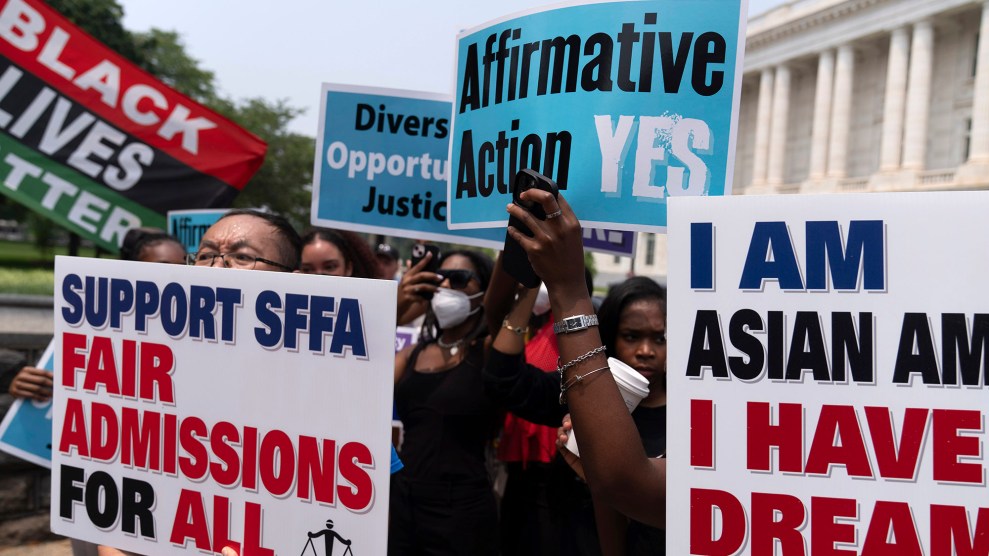It’s the eve of Tax Day, so let’s discuss the topic for a minute. I know that when politicians talk about taxes, they are essentially walking a minefield. They can’t say that corporations and the super rich should pay more; they can’t say that in some instances, the government is better suited to distribute funds than the market; they can’t say that corporations have a tendency to cheat on their taxes. Nevertheless, I’d love to hear someone in power acknowledge the (apparently) uncomfortable truth that the Internets and some think tanks have been trying to attract attention to: the fact that the highest tax rates in this country are simply not that high, by historical standards.
Here’s the Center on Budget and Policy Priorities:
While federal tax burdens have risen very slightly from their nadir in 2003 and 2004, most income groups paid a smaller share of their income in federal taxes in 2006 than in every year prior to 2003 for which data are available, according to Congressional Budget Office data that cover the period 1979 to 2006.
Tax burdens on middle-income households remain near their lowest levels in decades. Households in the middle fifth of the income spectrum paid an average of 14.2 percent of their income in federal taxes in 2006. By contrast, since 1979, the average federal tax burden on these households has equaled 17 percent of income.
Even in 2000, before the 2001 and 2003 tax cuts, households in the middle fifth of the income scale paid a smaller share of their income in federal taxes than in any year since 1979, and tax burdens for most income groups were lower than their average for the 1979-1999 period.
As for the wealthy, the ones supposedly set to get soaked by our new socialist president, here’s what CBPP found: “For the top 1 percent of households, federal individual income tax burdens were at their lowest level since 1986.” Ah, but you are going to point out that the wealthy often pay a signficant share of their taxes not in income tax, but in capital gains, estate taxes, etc. CBPP is one step ahead of you: “Overall federal tax burdens on the top 1 percent of households were at their lowest level since 1992.” The point here is that if President Obama follows through on his promise to raise the top tax rate from 36 percent to 39 percent, it won’t crush the rich or incentivize them to not work hard. It will bring our current tax rates more in line with historical ones. (For more proof, see the chart here.)
PS — Also, keep in mind that corporations and the super rich have devised highly sophisticated ways to get around paying their full taxes (lots on that here), meaning that their tax rate and their effective tax rate are often very different.
PPS — For a short primer on why it’s important to understand the meaning of marginal tax rates, see the comments section of this MoJoBlog post.












